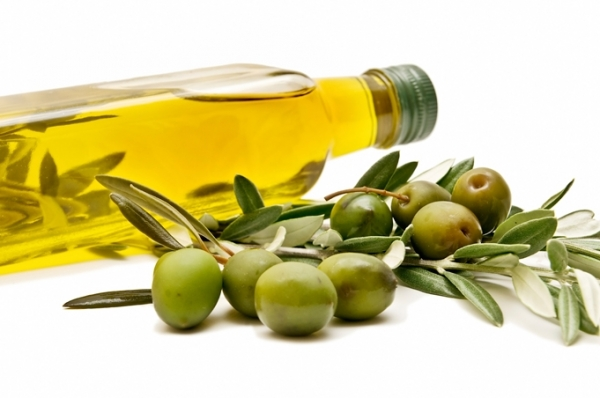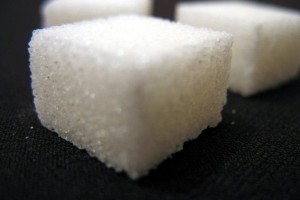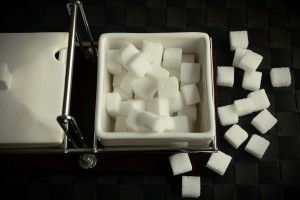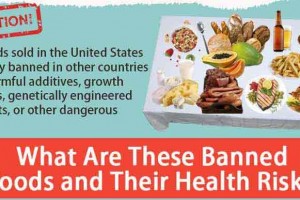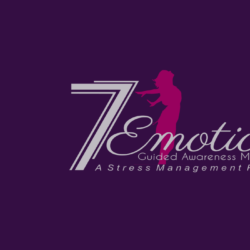Low Fat Diets Are Out! What then?
For decades conventional thinking on a heart-healthy diet emphasized a low fat diet but soon conventional thinking will catch up with reality. Low fat diets are out! We need to emphasize lowering intake of sugar! Foods that break down into sugar tend to be overly processed, loaded with preservatives, poorly dense in nutrition and high in calories. The major culprits are cereal, pasta, bread and grains like rice besides the obvious sweets like cakes and cookies. Even if the package states it’s sugar-free it’s still a processed food with probably some kind of artificial sugar substitute remaining a poor food choice. If it tastes sweet – it’s sweet! Sugar cravings are not the body’s way of asking for more sugar. It’s the body’s way of saying I am missing some important nutrients. You eat something sweet and you get a nice happy endorphin release from your brain that makes you feel good but in the end you still have sugar cravings. Those important nutrients are still missing. Every time you eat you have a chance of nourishing your body with essential nutrients to keep your body strong. Proportionately if you choose to eat more staples foods and starches like the cereal, pasta, bread and grains and minimize proteins and veggies you’ve lost your chance to give your body the best.
Sugar increases insulin levels and cortisol levels and slowly alters the body’s natural hormonal balance bringing about all sorts of signs and symptoms of poor health including fatigue, weight gain, poor sleep, achy joints, respiratory problems, and skin conditions to name a few. I thinks it’s best to consider sugar a poison or a toxin and eliminate it if you’re interested in optimal health.
Now fats are a necessity! Its not low fat diet vs high fat diet. The focus shouldn’t be fats vs no fats. It’s more about good fats vs bad fats. We want to choose healthy fats. Hydrogenated oils and trans-fats are some bad fats. Fats that are found in food products that supposedly have a long shelf life are generally bad and could turn rancid. Next time you buy a can of healthy nuts at the discount store think about how long they must have been sitting on a shelf before you bought them.
Here’s the skinny on fats:
Fats as well as sterols, phospholipids, triglycerides, and waxes are members of a group of water-insoluble substances called “lipids.” Lipids are primary components of your cell membranes – very important. Fats are containers that store fatty acids. Fatty acids provide energy, provide building blocks for cell membranes, and act as raw materials used to form other substances for special functions in your body such as hormones. If you find yourself facing lots of unusual health challenges and you’re struggling to find solutions you are probably dealing with a hormonal imbalance and excess sugar can be a major contributor.
1.Saturated Fats: solid at room temperature (for example, butter and coconut oil)
2.Unsaturated Fats: liquid at room temperature (oil). Two varieties:
a.Monounsaturated Fats:
b.Polyunsaturated Fats (PUFAs): very chemically unstable, and highly susceptible to being altered or turning rancid
Most vegetable oils are high in PUFA’s. Most animal fats are high in saturated and monounsaturated fats (except for some plant-based oils such as palm, coconut, and olive oils). Saturated and monounsaturated fats are utilized more easily by your body than polyunsaturated fats.
Healthy source of fats:
- Olives and Olive oil
- Coconuts and coconut oil
- Butter
- Raw nuts – like almonds or pecans
- Organic pastured eggs
- Avocados
- Grass fed meats
- Palm oil
- Unheated organic nut oils
- Animal-based omega-3 fat, such as krill oil, salmon or cod liver oil (very important to help reduce inflammation)
Check out this article if you’re interested in more info on this interesting health topic.
How much body fat do we need?
Insulin and it’s metabolic effect
What you don’t know about fats
Everything you need to know about fatty acids


